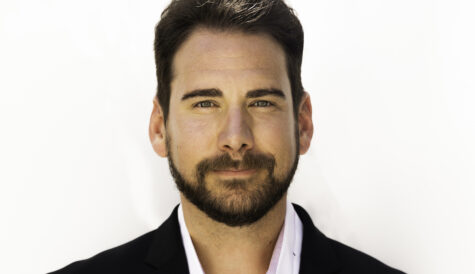
After more than 35 years of operation, TBI is closing its doors and our website will no longer be updated daily. Thank you for all of your support.
Netflix taking SVOD, pay TV lead in Australia
 Netflix has established itself as the most popular streaming service in Australia, generating more traffic than its longer established SVOD rivals, new data shows.
Netflix has established itself as the most popular streaming service in Australia, generating more traffic than its longer established SVOD rivals, new data shows.
Separate research shows that Netflix has already got more subscribers than long-established pay TV platform Foxtel, which has seen its customer base decline since the US-listed streaming company launched in Australia.
Data from research firm Experian Hitwise, first published and reported upon in newspaper The Australian, show that Netflix generated more hits than all of its rivals on its launch day in late March and has continue to dominate.
On launch day it generated 820,000 hits ahead of nearest competitor pubcaster the ABC’s catch-up service iView, which had 330,000 hits. Netflix’s peak traffic hit 820,000 in April, over the Easter weekend, with iView placed second with 400,000.
Seven Yahoo’s online TV service placed third with Foxtel’s Presto and Nine and Fairfax-backed Stan trailing some way further back.
The traffic stats follow research from finance blog Pocket Book, which aggregated Netflix’s local paid-for subs in Australia and the customers thought to be accessing the US service via a VPN.
It claims that in April, its first full month of launch, Netflix had 39% of local media subscriptions, ahead of Foxtel with 38%. Stan had 7%. Pocket Book said that two-thirds of Netflix’s paying subs are taking it’s mid-priced A$11.99 (US$9.47) package.
It added that its estimate for the proportion of Foxtel subs that want to churn exceeds other projections of 10%.
In less good news for the Netflix, the Australian government has confirmed it intends to introduce what has been dubbed a ‘Netflix tax’.
The Good and Services Tax (GST) will mean Australians will have to pay an additional 10% on digital services acquired over the internet. The tax, which does not apply to physical products bought online, will raise about A$450 million over four years, according to treasurer Joe Hockey.


